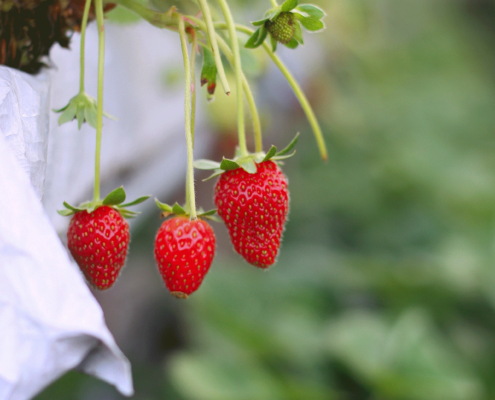Five Reasons Fall is a Great Planting Season
Fall is a great time to…
When fall rolls round most gardeners begin to wind down their gardening activities to start getting their landscape ready for winter. Time is spent mulching, raking leaves, and cleaning tools before setting them aside til spring.
What is often overlooked is that fall is a great time to plant trees, shrubs, perennials, and bulbs! Here’s why.
Moderate Temperatures
Warm temperatures coupled with cool nights are the perfect conditions for both gardeners to work without the searing summer sun and for new plants to begin to establish themselves. Planting in fall will yield wonderful surprises in spring.
Fewer Plant Pests
Pests like aphids, caterpillars, and beetles are nowhere to be found creating a healthier environment in which plants encounter fewer bug assaults.
Roots Take Hold
Planting trees and shrubs in fall gives them a month or so of growing time before turning dormant for the winter. But you might not be able to see that growth because its not the usual above ground growth. Roots can grow in soil as cool as 45 degrees so fall provides root systems to expand. Plant a tree in your yard in fall and they will be well-established by the time summer comes around.
More Spring Perennials
Divide your perennials in fall and make a new garden bed. Perennials sometimes have a way of spreading out beyond the borders we’ve created for them. Dividing in fall will give you more time in spring to do other tasks. Cover with mulch to insulate your bulbs.
And, don’t forget to plant new bulbs that will brighten up early spring with color and beauty.Tulips, daffodils, and crocus should be planted before the ground freezes.
Competition-Free Seed Starting
While the soil is still warm and the ground has adequate water plant grass seeds. They will germinate quickly and have no competition from weeds.
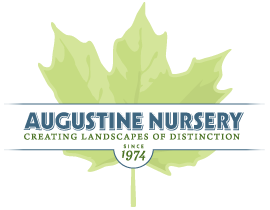
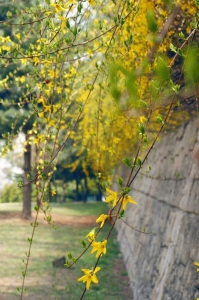 A Few Forsythia Facts:
A Few Forsythia Facts:
 Light a Fire: Outdoor fireplaces and fire pits are perfect in winter temperatures. It’s surprising how much heat they generate. A family gathering round the fire with blankets and mugs of hot cocoa provides a great setting for holiday cheer and memory-making.
Light a Fire: Outdoor fireplaces and fire pits are perfect in winter temperatures. It’s surprising how much heat they generate. A family gathering round the fire with blankets and mugs of hot cocoa provides a great setting for holiday cheer and memory-making. Feed the Birds: Winter birds will grace your yard all winter long if you hang a birdfeeder. It adds instant beauty to any window view, especially in winter. Bright red cardinals, blue jays, chickadees, nuthatches, and woodpeckers are among the beautiful feathery friends you can count on if you feed on a regular basis. Black-oil sunflower seeds, nyjer seeds and suet cakes are favorite foods of winter birds. Download the app – Merlin Bird ID. It does an amazing job at identifying birds and also provides images, sounds, and a bit about the bird itself.
Feed the Birds: Winter birds will grace your yard all winter long if you hang a birdfeeder. It adds instant beauty to any window view, especially in winter. Bright red cardinals, blue jays, chickadees, nuthatches, and woodpeckers are among the beautiful feathery friends you can count on if you feed on a regular basis. Black-oil sunflower seeds, nyjer seeds and suet cakes are favorite foods of winter birds. Download the app – Merlin Bird ID. It does an amazing job at identifying birds and also provides images, sounds, and a bit about the bird itself.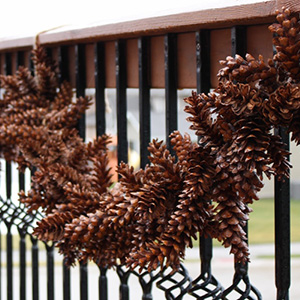 Decorate with Pinecones: Gather pine cones from your yard and bring some of your yard indoors with you. It’s easy to make scented pinecones. Here’s how: Soak them in water for an hour. Pop them in a 200 degree oven for 30 minutes. Once cooled, place them in a zip lock bag and sprinkle about 30 drops of your favorite essential oil inside the bag. Seal the bag and give it a good shake. Then let the bag sit for about a week so the pinecones can soak up the oils.
Decorate with Pinecones: Gather pine cones from your yard and bring some of your yard indoors with you. It’s easy to make scented pinecones. Here’s how: Soak them in water for an hour. Pop them in a 200 degree oven for 30 minutes. Once cooled, place them in a zip lock bag and sprinkle about 30 drops of your favorite essential oil inside the bag. Seal the bag and give it a good shake. Then let the bag sit for about a week so the pinecones can soak up the oils.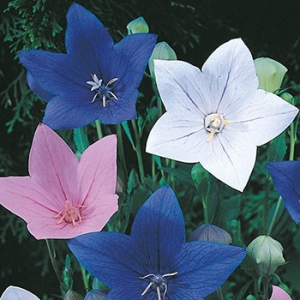




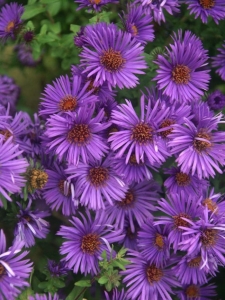



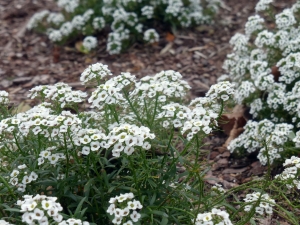
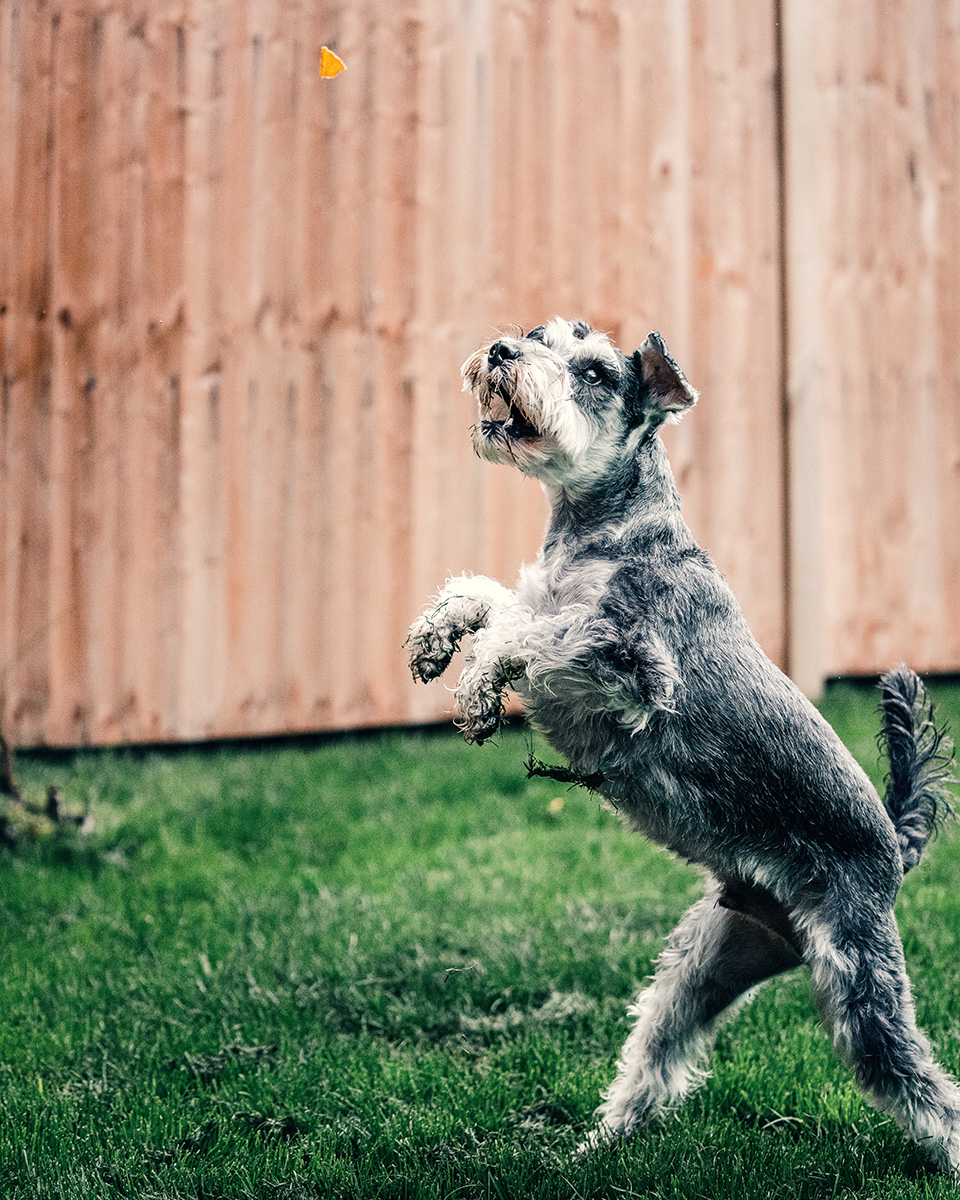
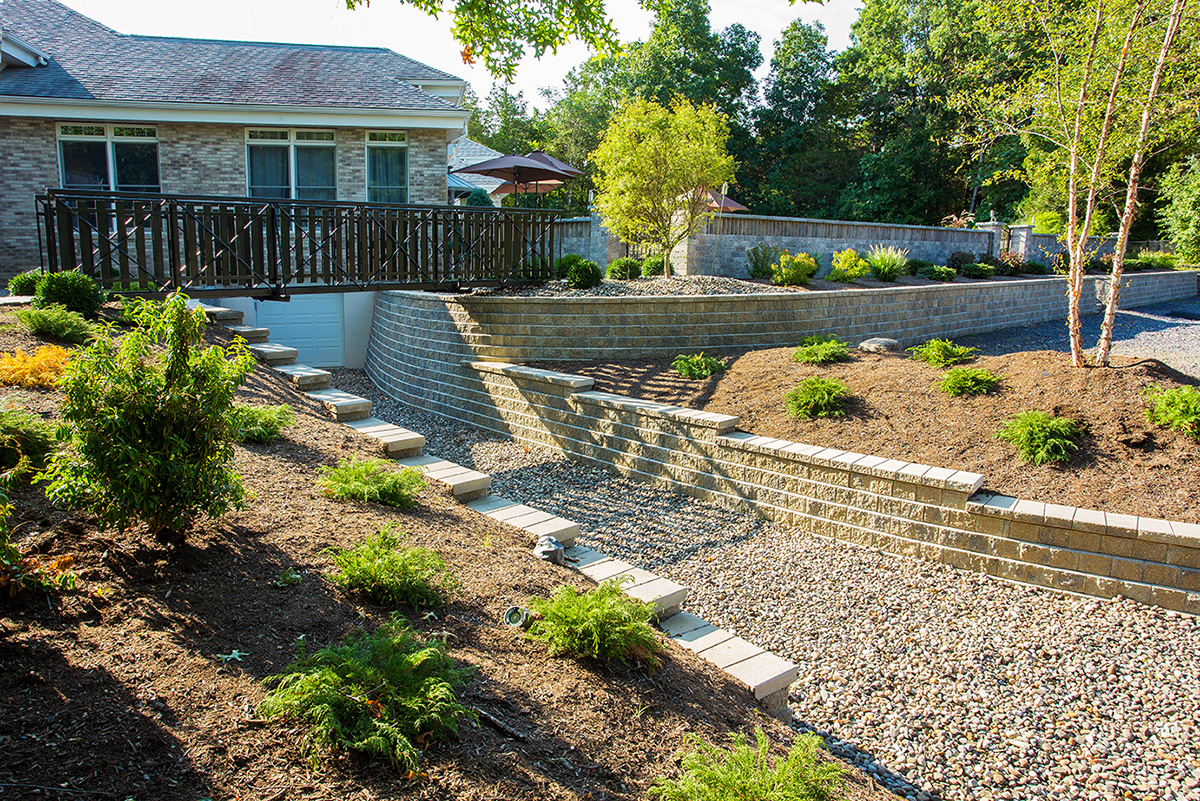 Tiered Walls and Garden Beds with mulch
Tiered Walls and Garden Beds with mulch